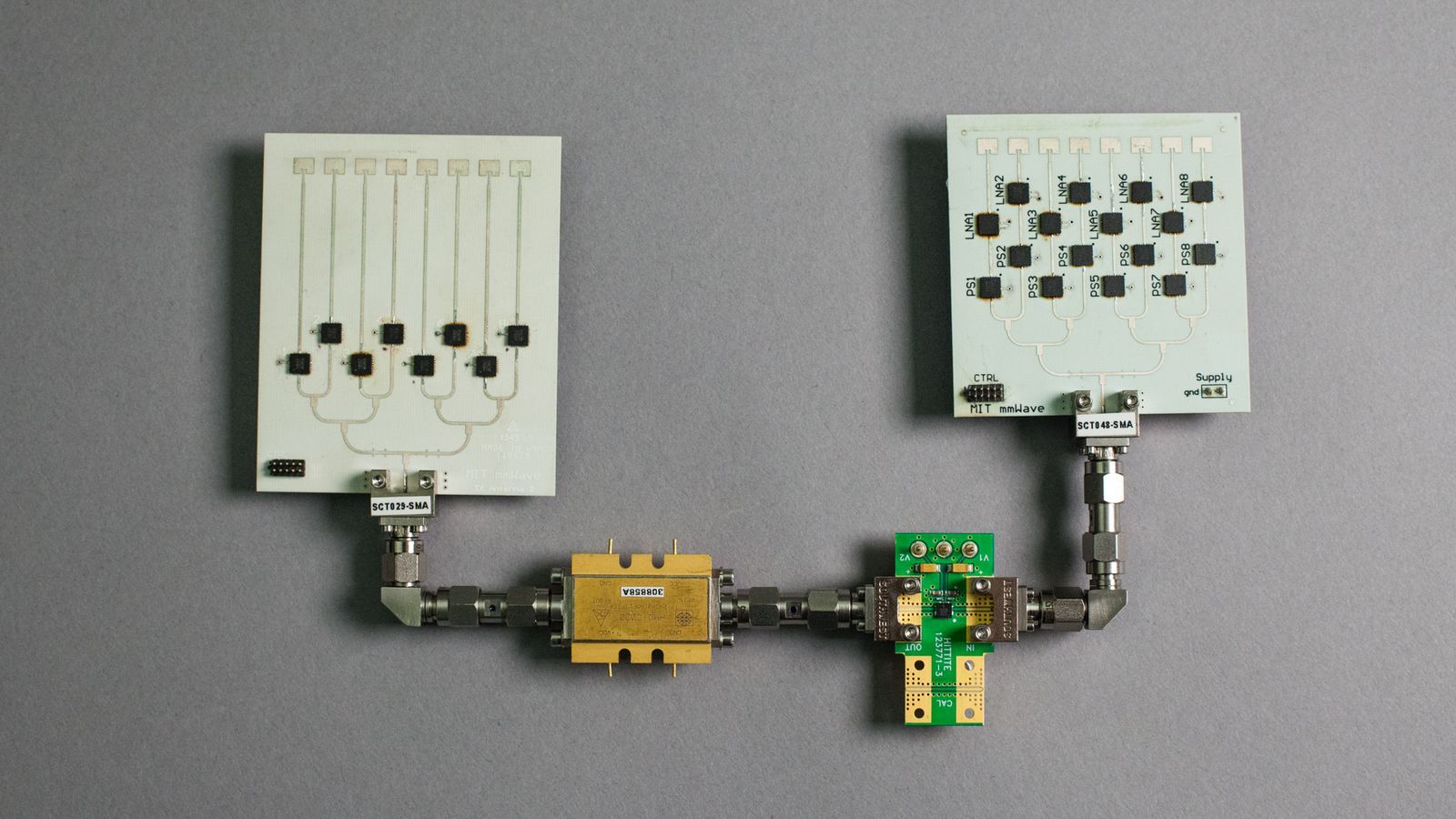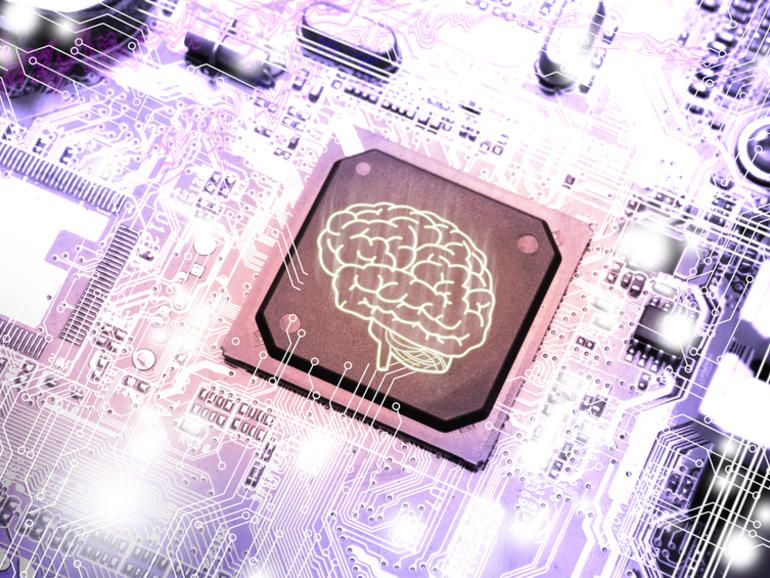Dec 15, 2016
MSFT Stock: Is This Microsoft Corporation’s (MSFT) Next Big Play?
Posted by Karen Hurst in categories: finance, robotics/AI, supercomputing
Nice write up and references the Cognitive Toolkit that was leveraged on Skype, Xbox, etc. Also, a nice plug on the QC work.
“Only Cray can bring the combination of supercomputing technologies, supercomputing best practices, and expertise in performance optimization to scale deep learning problems,” said Dr. Mark S. Staveley, Cray’s director of deep learning and machine learning. “We are working to unlock possibilities around new approaches and model sizes, turning the dreams and theories of scientists into something real that they can explore. Our collaboration with Microsoft and CSCS is a game changer for what can be accomplished using deep learning.”
Also Read: Ignore The Financials, MSFT Stock Is Headed Higher : Microsoft Corporation (NASDAQ: MSFT)
Continue reading “MSFT Stock: Is This Microsoft Corporation’s (MSFT) Next Big Play?” »















